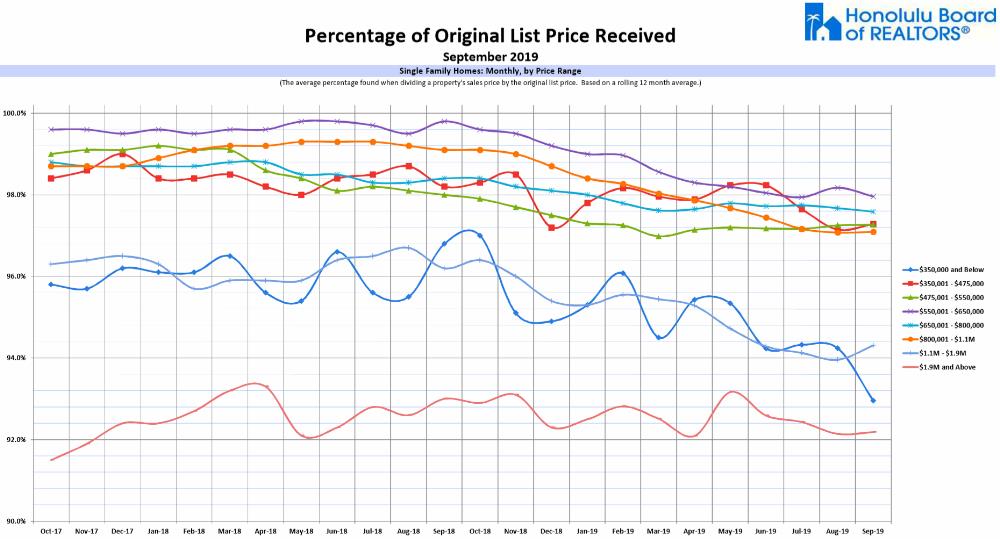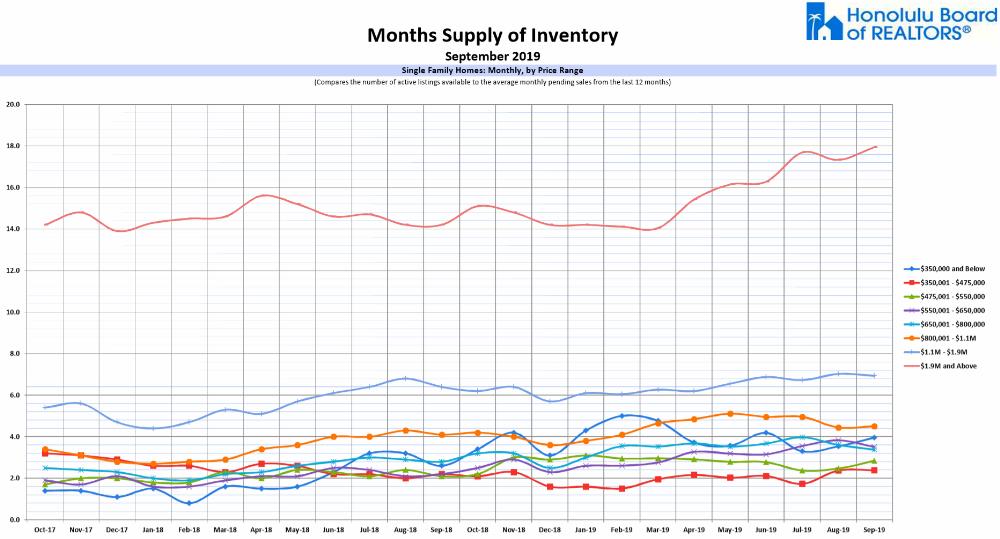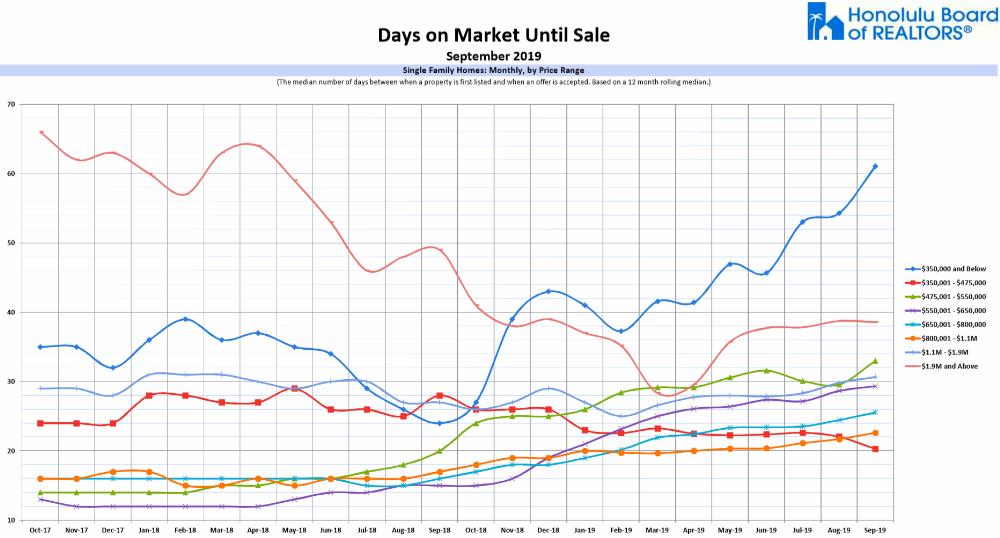— How do you know what to offer once you find the home that you like? Buyers often wonder: “Should we offer full price or more? Or can we offer less?
How much you want to offer for a property is entirely up to you. Don’t let any realtor tell you what that should be. However, your realtor should be able to guide you with the decision process. Before we fine-tune the best strategy for you, let’s frame the range to consider.
Upper Limit
Offer what you can afford, not more. – No kidding. I meet many buyers that consider buying homes that they think they can afford without verifying what their true buying power is. Even realtors sometimes overestimate their upper purchasing limits.
Get pre-approved by your favorite qualified mortgage professional. Be absolutely clear what your maximum price range is before you are looking at homes. There is little sense in falling in love with a property that is listed higher than 10% above your budget limit.
Related article: Top 5 Tips To Finding Your Dream Home
Lower Limit
Offer what represents a decent chance of getting the home. – Just about every buyer tells me, “we are only looking for a good deal.” That makes perfect sense. In fact, I haven’t met anybody that was looking for a lousy deal. Let’s try to differentiate a good deal from a lousy deal.
The average sales price for all Oahu homes and condos in relation to the list price has been oscillating between 96% and 99%. That doesn’t mean there aren’t any properties that on occasion sell for a 20% discount to the asking price. But these are rare outliers on the long tail of a regular bell curve distribution pattern.

The majority of homes and condos on Oahu are selling within 90% to 100% of the list price. A few are selling above the list price, and a few are selling below 90% of the list price.
Anybody that dreams about picking up a Honolulu property for mere pennies on the dollar might have been misguided by late-night infomercials trying to sell ‘how to get rich quick’ courses or anecdotes about foreclosure opportunities.
It is a form of availability bias, a distortion that modifies your objective view of the realistic probability of an outcome. Remember, hitting the jackpot or winning the lottery is indeed the rare exception. It’s not a prudent strategy to rely on for retirement planning.
For Oahu real estate, offering 25% below the list price often will not even get you a counter offer. If we assume that the asking price reflects the seller’s motivation, then a motivated seller would reduce their list price to a level closer to what they would be content to get, thereby increasing their chances of success.
Regardless what offer you decide to submit, the market will automatically reveal how realistic your offer is. But instead of trial and error, the better approach could involve some strategic planning.
What are practical and helpful factors when formulating a strategy to increase the chances of success?
Four Factors To Consider When Formulating Your Offer Strategy
The first two factors establish the true market value for the property. This a historic benchmark that helps identify the threshold between a good and a lousy deal. Your realtor should provide and discuss:
1) Comps – Most recent recorded comparable sales.
Analyzing all recent ‘comps’ shows what a willing and able buyer most recently paid for a comparable property. This establishes the most recent true market value.
2) Supply & Demand – Current available inventory and the speed of the market.
Reviewing currently available comparable properties helps establish the immediate true market value. A shift in the Supply & Demand balance could change the speed of the market which could affect future values. Here are two metrics to analyze the speed of the market that might foreshadow imminent price movements:
- Months Supply of Inventory (MSI) – how many months it would take to sell all current home listings based on the recent pace of home sales during the last 12 months.
Example: If 18 homes sold during the last 12 months and there are 4 homes currently listed, then 18/12 = 1.5/mo x 4 = 6 MSI. A market is considered balanced between 4-6 MSI. Less than 4 MSI indicates a fast-moving Seller’s Market where prices are poised to move up. More than 6 MSI indicates a slow-moving Buyer’s Market where prices might be softening.

- Days On Market (DOM) – the median number of days from when a property is listed for sale until an offer is accepted.

These factors are only theoretical indicators of what the probability might be for you to get your home at a certain price. In reality, the world is random.
“The universe is under no obligation to make sense to us, neither are things obliged to be as we define them.” ~ Neil deGrasse Tyson
The market owes us no apology. While you might be crunching numbers and over-analyzing, another buyer might make an offer and snatch your dream home. Don’t hang yourself up on theory. It’s only hot air unless you take decisive action.
Related article: The Psychology Of Buying Hawaii Real Estate And The Three “Ps” That Are Holding You Back
That brings us to two remaining factors to decide your offer strategy.
3) Seller’s Motivation To Sell.
The seller’s motivation can change over time. Timing is everything.
Your realtor should use some detective skills and find out as much as possible why the seller wants to sell and how flexible the seller might be.
“How many offers were received so far? Did you receive any full price offer(s) or close to it? Why did the seller not accept? What was the highest offer received that the seller rejected? Is there anything else that would be important to know if the buyer were to make an offer?”
Asking the right questions can sometimes trigger a Freudian slip where the listing agent misspeaks and occasionally spills the beans! The quality of communication can ironically reveal secret information that could be beneficial for the buyer.
4) Buyer’s Motivation To Buy.
“How much do you like the property? Does the property meet your needs and wants more closely than any other property you have seen recently? Would you be disappointed if someone else were to buy it? What is your ideal time horizon to buy? How long are you willing and able to wait until the next close match becomes available?”
Only you can answer these questions. There is never a ‘final and last home’ that becomes available for sale. However, Hawaii represents a finite real estate market with limited inventory. Exceptional homes don’t always wait.
________________
Offer Strategies
Any of the above four factors could change within a short amount of time. Timing is everything. It only takes one new listing or one new closed sale that changes the market dynamics. There is a world of a difference if two buyers are interested in the same property at the same time or if the property receives no offers for a couple of weeks or longer.
Every buyer hopes that the seller would sell for less than the asking price. How much of a discount you might be able to get depends on the changing balance of any of the factors above.
Here are three basic approaches for you to consider:
Strategy #1: Go In Strong. – Give It Your Best Shot.
This would be the right strategy if you determined that the property is the perfect fit. You really want the property, and you would be disappointed if you were to miss out. Go in strong could mean offer close to full price, offer full price, or offer even above full price if other buyers are competing for the same property. It is a fine line between getting the property or missing out. Attach proof of funds and or a bank pre-approval letter with your offer.
Your realtor will advise you on how to give your offer the edge over other competing offers. Without getting too technical, there are escalation clauses and other specific terms that could be added to sweeten your offer. It pays for you to work with the best.
Strategy #2: Offer A Lower Price. – Test How The Seller Responds.
This strategy might work if the property is not your top choice and there are no competing buyers at the moment. You like the property, but you are okay if it does not work out.
A seller has three choices: 1) Accept your offer, 2) counter, or 3) reject your offer. If your offer is too low, the seller might not respond at all, which is the same as rejecting your offer. You could resubmit at a higher price and see how the seller responds at that time.
Strategy #3: The Carrot In Front Of The Horse.
There is one more strategy for you to consider. This approach lies in-between the strong offer and the lower price offer. I call it ‘hanging the carrot close in front of the horse’s mouth’.
For example, a seller lists a property at $809K. Comparable sales and the current market dynamics suggest a fair market value of $800K. The seller does not want to sell for less than $800K. The trick is to submit a well-written clean offer with a quick closing date and an offer price that is close enough to the seller’s bottom line for the seller to consider. That offer price might be $797,200, or similar. Although less than what the seller was expecting, this is a reasonably strong offer, and hopefully good enough for the seller to accept. This strategy could work well if there are no competing offers at the same time.

Success Through Quality Of Presentation and Communication
To successfully get your dream home you need more than just deciding on how much you want to offer. Sellers don’t just look at the offer price.
How your realtor presents your offer to the listing agent could make a huge difference in how the seller welcomes your offer. Many underestimate the power of skillful communication and smart negotiation.
On occasion, I receive offers on my listings ‘sight unseen’ and without a phone call from the buyer’s agent. How do you rate the chance of the seller being thrilled and ready to accept?
When you buy, you need to convince the seller that you are the right buyer for the property. For many sellers, the ‘certainty of closing,’ ‘speed of closing,’ and ‘flexibility to cooperate’ are equally important as the final sales price.
How much the offer price is means nothing if the buyer ends up canceling. For the most part it’s a 50/50 gamble and a waste of time if a buyer tries to tie up the property until seeing and then deciding.
It is far better for the buyer to have seen the property with their own eyes before submitting the offer. As mentioned, there is value on several levels in calling the listing agent before submitting the offer. “What else is important to the seller that might be helpful if my buyer client were to submit an offer?”
Submitting the proof of funds and or a pre-approval letter together with your offer shows good faith, thorough preparation, and increases the certainty of closing. In addition, your realtor could attach a cover letter explaining special circumstances that could add empathy or other perks to humanize the transaction and improve the odds for success.
Your realtor’s follow-up phone call to the seller’s agent when submitting the offer ensures that the offer does not get overlooked. “Just now, I emailed you a very good offer. The buyer is financially strong and is the right buyer for this property regardless how many other offers you receive. Might as well have the seller accept this offer.”
Employing the right mindset and negotiation tools could be the subject to fill an entire book. There are many nuances on how your realtor can help you position yourself to stand out from the crowd.
Which approach you are most comfortable with is up to you. We pride ourselves in going the extra mile with expert representation to improve the odds of your success.
________________
Let us know how we may assist you best. We’re here to help. Contact us today. ~ Mahalo & Aloha

as always – great observation and recomedations
Aloha Elena Roud!
Mahalo for your kind words.
Stay safe. ~ All the Best.